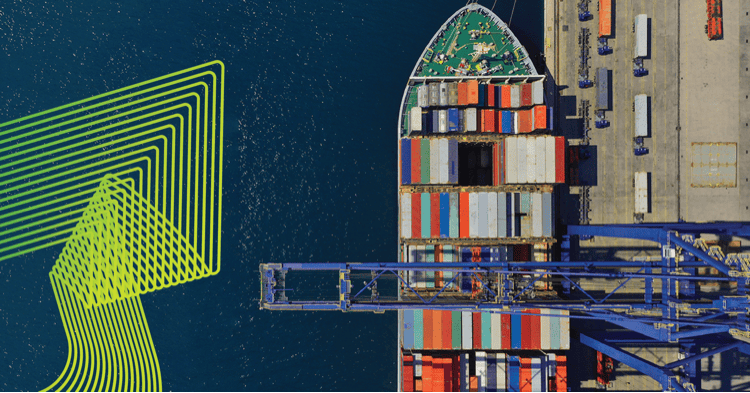In the security risk and intelligence space, analysts often face the dilemma of balancing speed—getting information out quickly—and accuracy—the ability to verify and contextualize the information with high confidence. The profession has changed and knowing something has occurred without the context and understanding of its impact on your interests is no longer sufficient. Knowing, with accurate information to make an informed decision at speed is the new benchmark. This tension is especially acute when decisions impact national security, business operations, or employee safety. As the pace of threats accelerates from authentic bad actors, natural disruptions, and synthetic AI bots, the pressure on security managers and intelligence analysts to deliver quick and accurate assessments mounts. However, rushing analyses at the expense of accuracy can undermine the credibility of the team with other stakeholders.
The Pressure of Speed
In today’s rapidly evolving threat landscape, security and intelligence teams face unprecedented challenges. Cyberattacks, terrorist activities, protests, and geopolitical shifts occur in real-time, demanding immediate attention and swift action. For instance, consider a recent incident at a prominent US college campus where a peaceful protest rapidly escalated into violence, threatening the safety of students and staff.
Security teams equipped with active monitoring capabilities quickly identified the growing threat. Utilizing natural language processing (NLP), teams could actively track the unfolding events, understand the narratives behind them including the emotion-laden rhetoric, and provide early indicators of escalating tensions, allowing teams to assess the situation’s potential impact in real-time and take actions to protect their interests.
As the protest began to turn violent, with property damage and clashes with law enforcement, analysts, with real-time insights, were able to protect their stakeholder interests with confidence.
Government agencies, corporate executives, and security leaders often exert significant pressure on these teams to deliver timely insights. In this case, the speed, accuracy, and data insights bolstered stakeholder confidence.
The Imperative of Accuracy
Accuracy is the cornerstone of effective intelligence work. Precise and comprehensive analyses enable informed decision-making, reduce uncertainty, and enhance confidence in driving action from intelligence assessments. During a recent coup attempt in an African country, the importance of accuracy in intelligence was starkly highlighted.
As news of the coup broke, AI models were collecting and enhancing data in real time. In the fluid situation, with conflicting reports emerging from various sources, achieving high accuracy required meticulous data gathering at machine speed, thorough analysis by in-region expert analysts who have a keen understanding of the context and local environment, and cross-referencing multiple sources and local networks.
Natural language models processed text from social media, local news outlets, government statements, and other sources both near and far. Intelligence analysts quickly worked to verify the authenticity of sources allowing users to synthesize information into coherent, actionable reports from verified events. The complexity of the coup, involving various military factions and political players, made distilling the truth from the rhetoric a job best suited for the unique pairing of machines and humans to deliver informed foresight allowing security teams to provide precise and comprehensive insights.
Striking the Balance
The challenge for intelligence analysts lies in striking an optimal balance between speed and accuracy. Here are some strategies to navigate this balance effectively:
- Prioritization and Triage: Not all intelligence requires the same level of scrutiny. Analysts can prioritize tasks based on urgency and potential impact to their assets, people and operations, employing a triage approach to allocate resources efficiently. High-risk scenarios may warrant quicker, albeit less detailed, assessments, while lower-risk situations allow for more thorough analysis. Having tools to know immediately whether it matters to you is critical.
- Leveraging Technology: Applied artificial intelligence and machine learning can aid analysts in processing large datasets rapidly. These tools can help identify patterns, flag anomalies, and provide initial assessments to determine the proximity of relevant events to assets, allowing analysts to focus on deeper analysis and validation.
- Collaboration and Communication: Effective communication with stakeholders is essential. Setting expectations with stakeholders on risk tolerance, escalation criteria, and the time required for immediate assessment and deeper analysis can align expectations before crises emerge. One thing I know from watching many crises unfold, the story becomes clearer in time as data continues to be aggregated. Have a continuous assessment and communication cycle for ongoing events. Collaborative efforts within intelligence teams and across enterprises can also enhance the speed and accuracy of assessments by pooling expertise and resources.
- Continuous Learning and Adaptation: Analysts must continually update their knowledge, methodologies, and skills. Learning from past experiences, whether successes or failures, improves future outcomes. Developing flexible methodologies that can adapt to different situations also helps maintain the balance between speed and accuracy.
The Reputation Factor
An intelligence analyst’s reputation hinges on their ability to deliver both timely and accurate insights. Consistently producing high-quality intelligence builds trust with stakeholders and enhances the analyst’s credibility. Conversely, repeated inaccuracies or missed threats can damage an analyst’s reputation and, by extension, the credibility of the entire intelligence operation.
In some cases, the reputational damage from a single high-profile failure can be irreparable. Therefore, while speed is essential, it should be appropriately caveated with evolving events so that future unseeable changes don’t compromise the integrity of the intelligence produced.
Achieving the Ideal Balance
In the security risk and intelligence space, the balance between speed and accuracy is a nuanced and critical issue. Intelligence analysts must navigate this balance carefully, employing strategies to manage both time and quality effectively. By prioritizing tasks, leveraging technology, and fostering collaboration, analysts can meet the demands of rapid response while maintaining the accuracy essential for informed decision-making. Ultimately, preserving the reputation of intelligence operations hinges on achieving this delicate equilibrium, ensuring that swift actions are grounded in well founded, reliable analysis.






